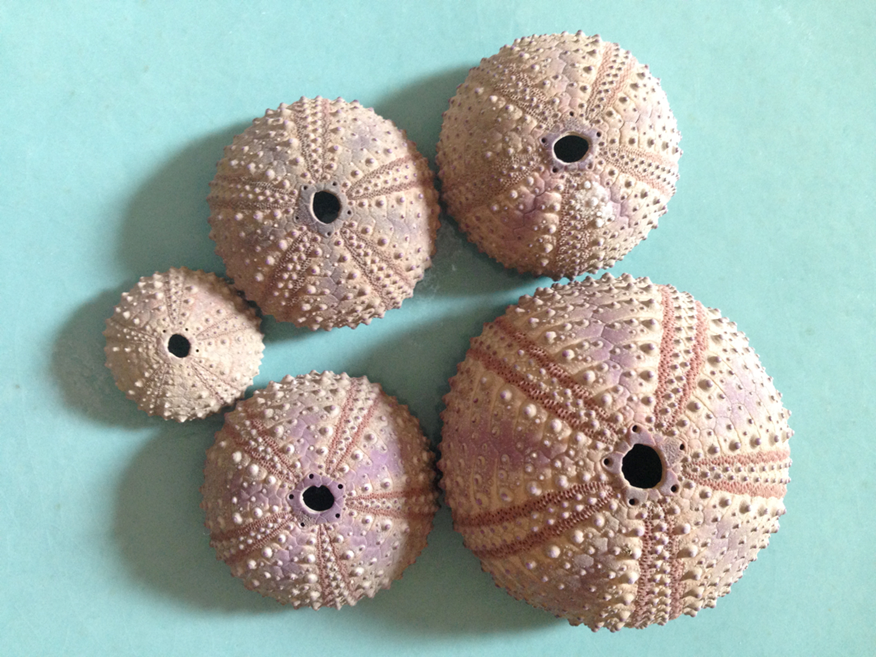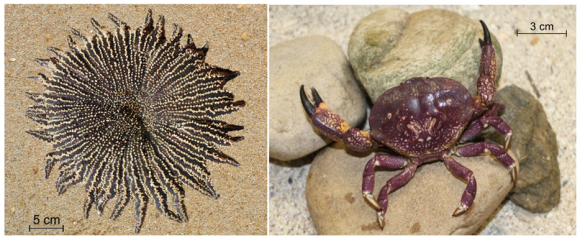16 February 2016 | By Clova Mabin
It is important that lists of invasive and alien species be updated regularly, but sometimes it can be difficult to decide when a species should be removed. A recent study by C·I·B student, Clova Mabin and supervisors Tammy Robinson and John Wilson had a closer look at the case of the Chilean black urchin, Tetrapygus niger. First detected in a dam on a diamond mine in Alexander Bay on the West coast of South Africa in 2007, this species is believed to have been accidentally introduced with immature oysters destined for aquaculture. To date, this is the only recorded alien population of T. niger globally.

In its native range, the urchin feeds on algae, particularly kelp, and is capable of converting healthy kelp populations to barren landscapes. Kelp forests dominate the West coast and have both ecological and economic value to the country. If this species were to spread from the site of introduction, this important resource could be at threat. This study involved the re-survey of two aquaculture dams in September 2014, that previously contained the urchin, as well as intertidal and subtidal transects of the surrounding coast. The latter areas were of concern as runoff from the dams was believed to have reached the shoreline during routine aquaculture operations.
Clova and colleagues found that Tetrapygus niger were absent from all sites, despite the presence of a healthy population of native urchins Parechinus angulosus. There was also little indication of urchin grazing on kelp stipes. Due to its recorded absence, the authors recommended that T. niger be removed from the South African list of introduced marine species.
Read the paper
For more information, contact Clova Mabin at clova@sun.ac.za or Tammy Robinson at trobins@sun.ac.za.


